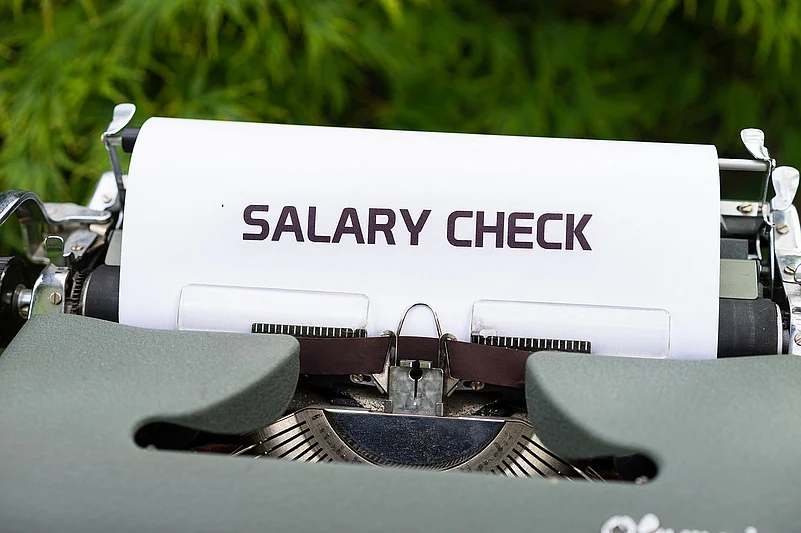India’s middle class is quietly experiencing a financial crisis. Their lifestyles, while appearing to be secure from the outside, are very different in reality. Salaries have not really gone up, but living expenses have skyrocketed.
Ashish Singhal, the Bengaluru-based CEO of Peepal Co as well as CoinSwitch, recently mentioned this in a now viral LinkedIn post, calling middle-class wages the “biggest scam” nobody talks about.
He said that in the last 10 years, Indians earning under Rs 5 lakh saw their incomes grow by 4 per cent compound annual growth rate (CAGR), while those earning between Rs 5 lakh and Rs 1 crore a year saw only a 0.4 per cent growth CAGR.
Meanwhile, food prices rose by nearly 80 per cent, inflation steadily reduced the purchasing power of the middle class, thus making everyday expenses difficult to manage, he said.
He said that on the surface, all seems fine. Families continue to fly once a year, change smartphones, and meet the equated monthly instalments (EMIs). But behind the scene is a different tale.
Saving has reduced, doctors’ visits are being postponed and individuals are hesitating before ordering food online.
He said this is nothing but “a well-dressed decline”—when individuals seem to be fine, but are secretly struggling financially.
He said the broader issue is not that income is remaining flat. Consumption is continuing to occur, but it is increasingly being paid for by loans and credit cards, and not from income. Debt is increasing, but not real wages. The middle class is therefore becoming stretched very thin, he said.
Singhal also referred to the unequal support from the income groups. The poor are the recipients of government welfare schemes. The rich continue to accumulate wealth through investments. But the middle class is tasked with fighting the increased costs without much relief. They are subjected to higher school fees, healthcare bills, and fuel prices—without subsidies or tax relief.
It has resulted in a subtle but pervasive financial strain. Families are not necessarily suffering openly, but they are always anxious about money. Many have no financial buffer against emergencies. Ambitions are still high, but affordability is diminishing, he said.
He added that this problem impacts most of the population. In 2021, India’s middle class constituted approximately 31 per cent of the population. This figure will rise to 38 per cent by 2031 and 60 per cent by 2047. But despite the increase, most long-time middle-class wage earners feel trapped, as they do not experience noticeable gains in their financial security.
Singhal said this is not only an economic matter—but a national concern. The middle class, he said, is not just a vote bank or a taxpayer base. It is the very heart of the Indian economy. But that heart is slowing down now. If left unattended, that could play havoc with the country's overall economic condition, he added.
“To put it simply, the middle class feels squeezed from both ends: increasing expenses and static salaries. And if that is not corrected, India’s growth tale might have a gaping hole in its middle,” he further said.










